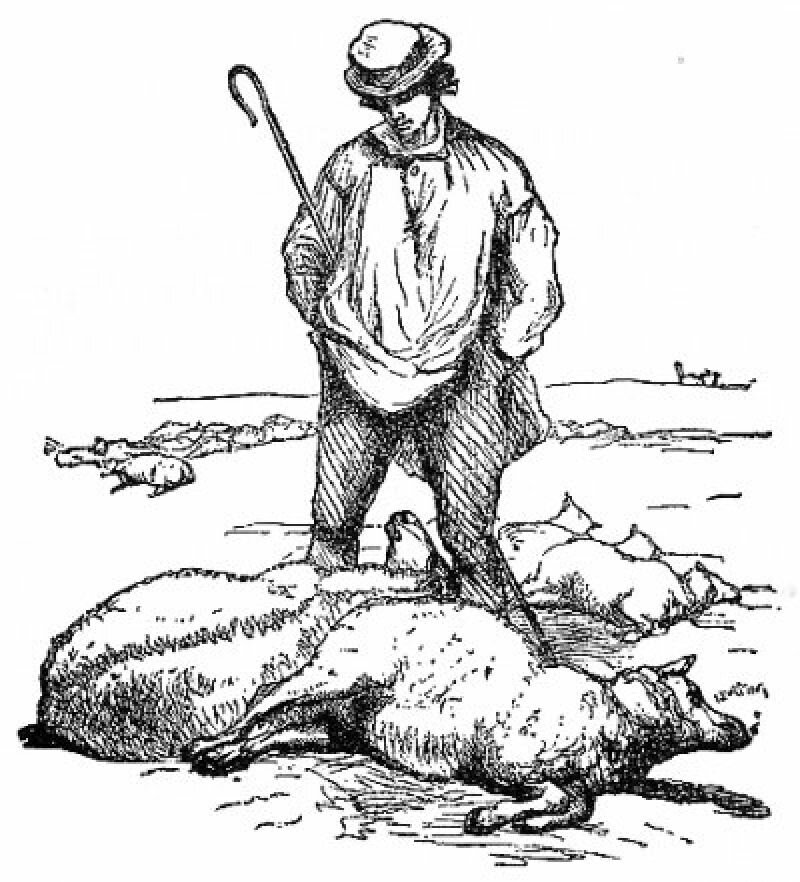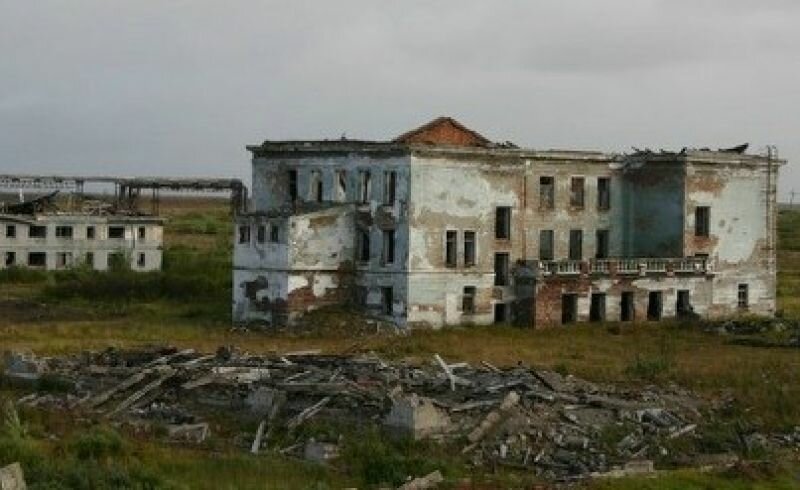
At the brink of a new century in which less is more has a bio-political connotation, paradigm shifts will dramatically alter the boundaries and limits of social, economical and media-landscapes and therefore the discourse on the opportunities and the responsibilities of the designers involved has become exceptionally urgent. It is obvious that tomorrows design-problematique demands an integral and responsible approach. No longer can the role of the designer be limited to obeying the rules of functionality and aesthetics. Although the impact of the latest rapidly evolving developments in media-usage cannot be measured in full effect yet, we now have reached a state where the best of both of social and mobile is being combined, enabling anyone to operate on a global scale, from the comfortable setting of our personal phone. New applications are being put on the market every day and new functionalities of usage are being discovered by users as well. Everyone has become a photographer, a video-artist/journalist, editor , news/content-caster and a graphic-designer.

The professional designer (or design instructor) has two options during this media-avalanche. The first is to join the masses, but maintain some leverage. This implies that the level of involvement in the new media-landscape is more or less the same as the large group of participants, but the trained eye of the professional will spot strengths and weaknesses sooner than the masses and could therefore take a leading role within this community. This person will adapt to new developments very quickly and could gain momentum by riding on the front-end of this wave. Authority will be generated by knowledge of the present, and therefore has to be maintained carefully. We will call him/her the Shepherd.

The second role the professional could assume is that of the outsider. Standing firm in the midst of the storm, keeping a strong believe in concepts and originality. Is much more theoretical based and chooses types-of-media as they seem appropriate for the process. Will stick to outdated systems and analogue techniques if necessary. Claims that quality will always have a market (and is probably right), but misses large scale connection with the public. Will behave very critical towards the revolution, but does not theoretically oppose to the development of new media-systems. We will call this type the Wolf.
Note that both types have abandoned the notion of objective media-design. Designing without a clear and well profiled opinion on the urgent global matters is a violent and destructive act. To look or not to look is a political matter.








